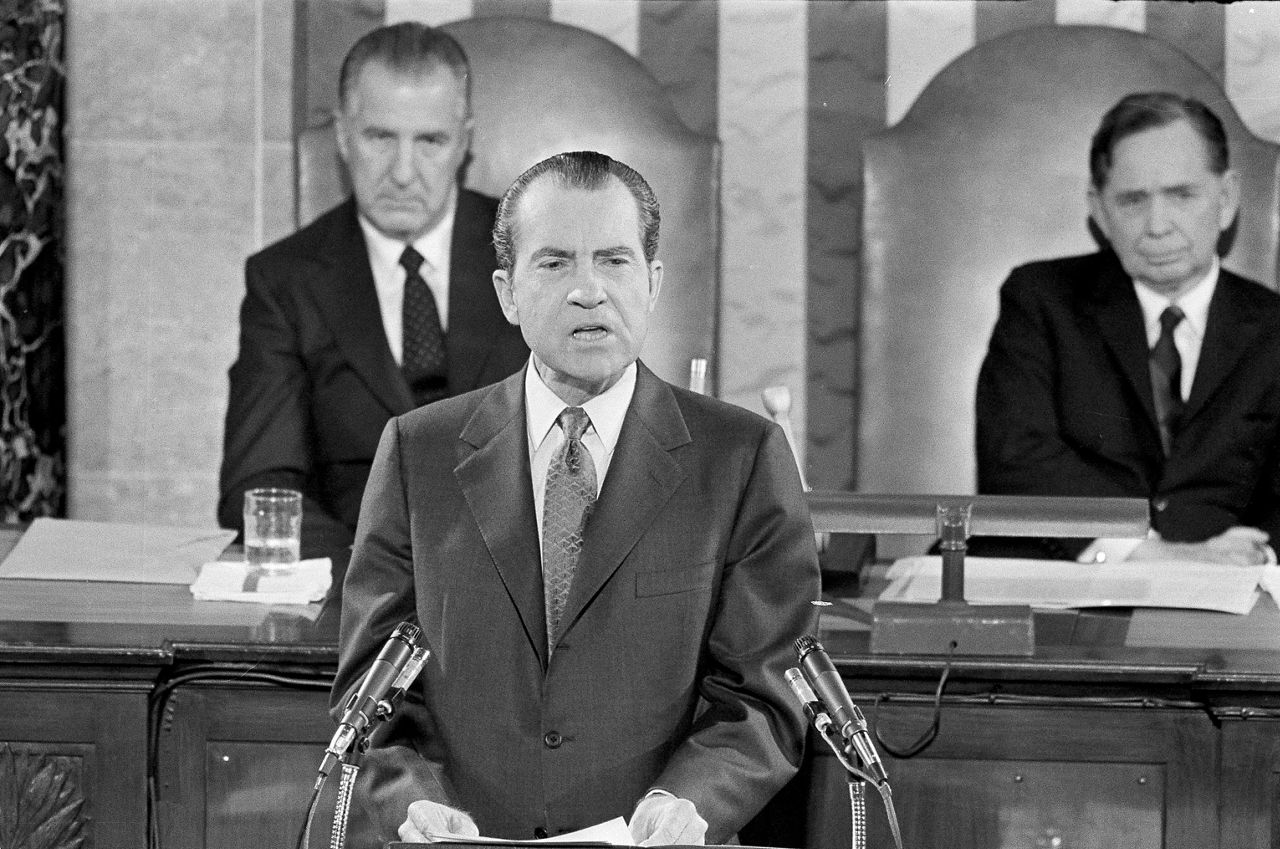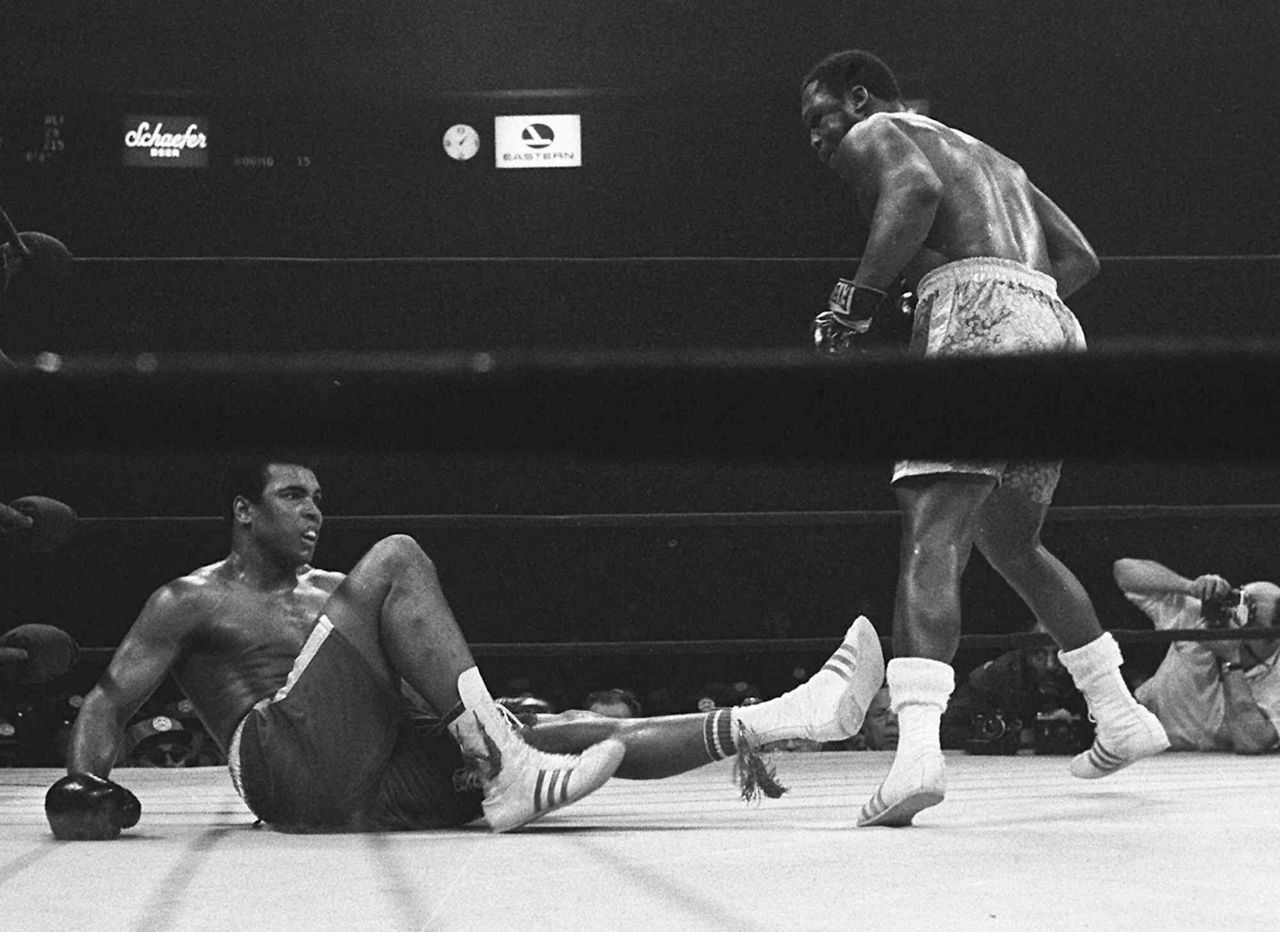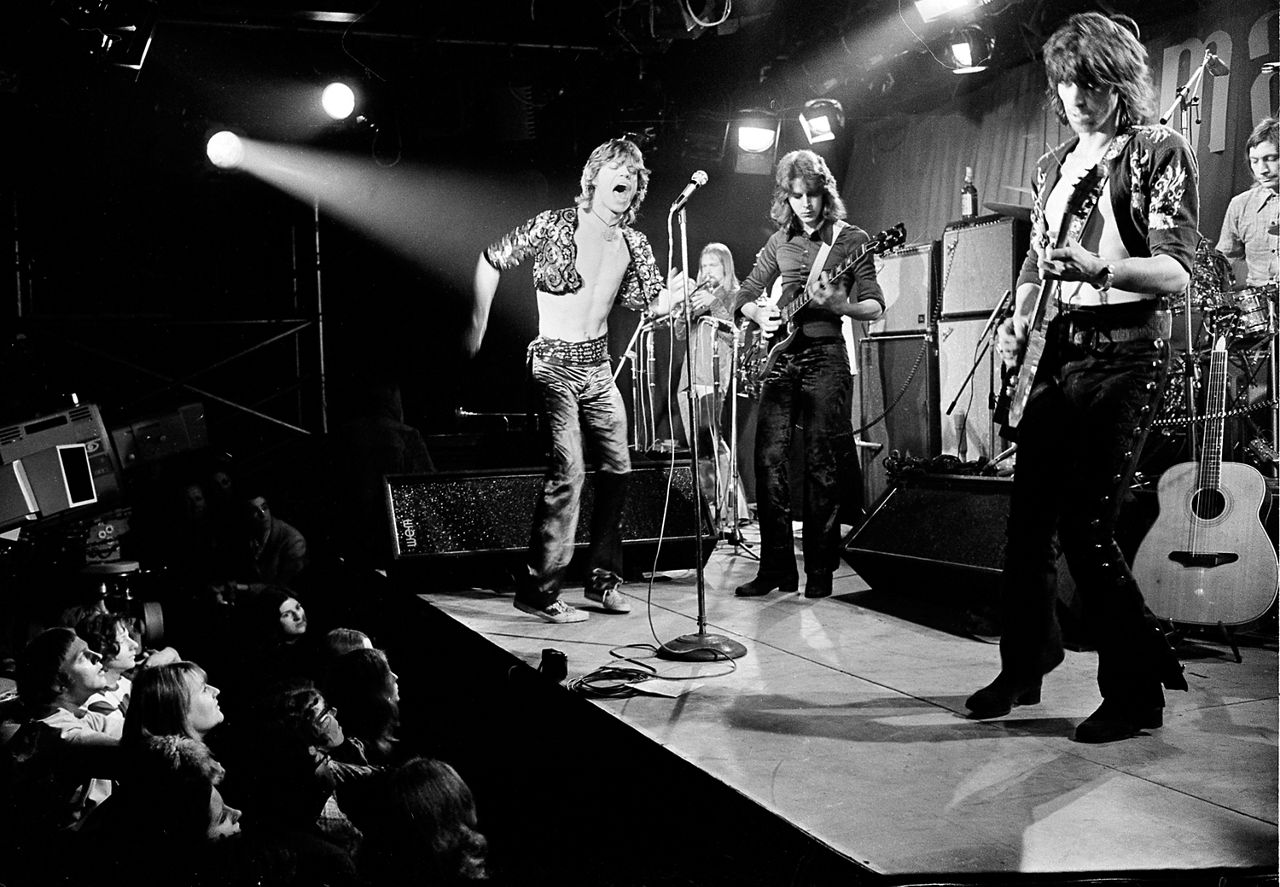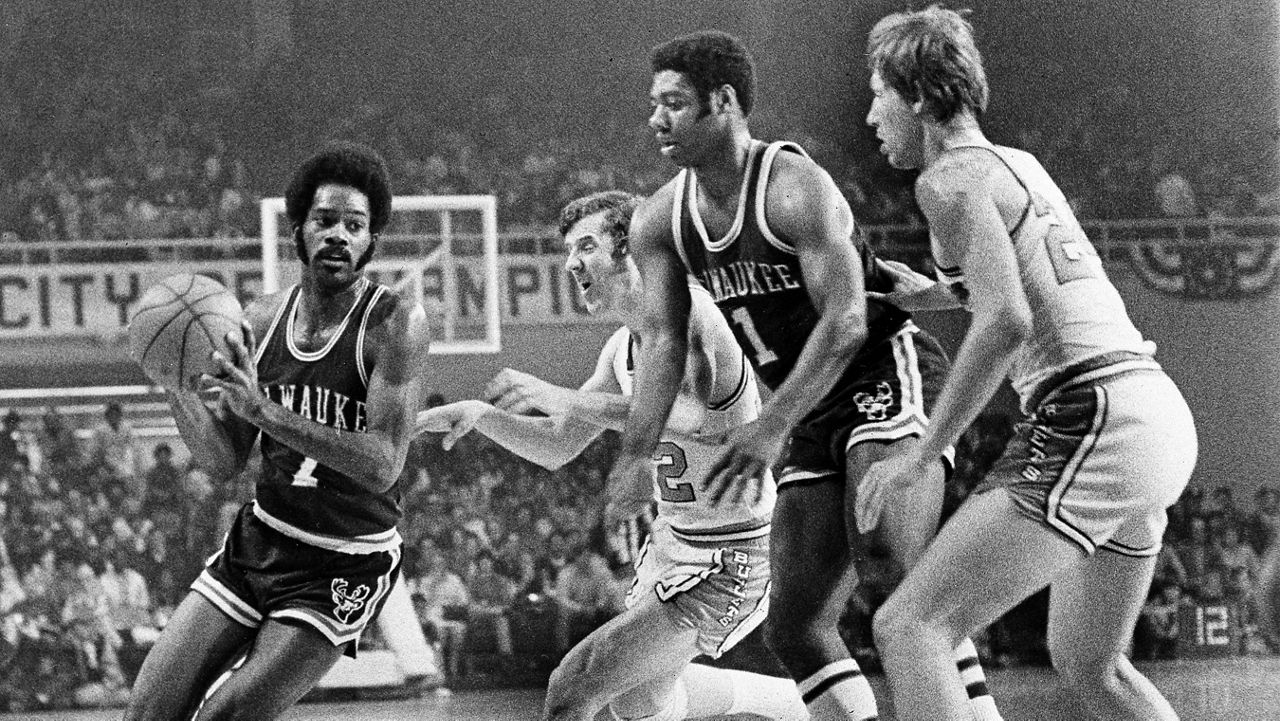MILWAUKEE — It’s been a long time coming for the Bucks.
With their spot in this year’s finals, the team has a shot at its first NBA championship since 1971. The world was a very different place back then — in a time before the internet and before Giannis.
Let’s take a trip back in time to see what your life could have been like as a fan cheering on the Bucks in 1971.
That year, Americans had a median household income of $9,030 per year, or around $60,619 in today’s dollars, according to Census Bureau data.
In the U.S., you’d have a life expectancy of around 71 years — a bit shorter than today’s nearly 79 years.
You’d be one of 207 million Americans and 3.8 billion people on Earth.
A gallon of gas would cost you around 40 cents. A movie ticket would be about $1.50. And a classic Malibu Barbie would be $2.
To get to one of the final games — held at Milwaukee Arena, now home to the UW-Milwaukee Panthers — you might shell out $9, or $60 in today’s terms.
The Cold War was still underway, and in 1971 stretched from the ocean floor (where countries agreed to ban nuclear testing) all the way to outer space (where the Soviet Union launched the first-ever space station into orbit).
Richard Nixon was in his second year as president and making some efforts to soften tensions across the Iron Curtain.

But he was facing challenges back home, too, amid fierce opposition to the Vietnam War. Hundreds of thousands of people marched in San Francisco and Washington, D.C., to protest the war, on the same day the Bucks took the court for Game 2.
Other growing social movements continued to push for women’s equality, LGBTQ+ rights, environmental protection and racial justice. Amid efforts to desegregate schools, the Supreme Court upheld the use of busing in a 1971 case.
In the rest of the world of sports that year, the Baltimore Colts beat the Dallas Cowboys at the fifth-ever Super Bowl, securing the win with a field goal with 5 seconds left on the clock.

Boxing superstars Joe Frazier and Muhammad Ali squared up at Madison Square Garden for “The Fight of the Century” — and Frazier took home the win in one of the biggest sporting events of all time.
And in college basketball, the UCLA Bruins were kicking off an unprecedented 88-game winning streak, a record that still stands today.
You might not be dressed too differently from today: ‘70s styles like bell bottoms, bold prints, flowy dresses and crochet textures are all making a big comeback in the fashion world.
You’d probably be keeping up with “All In The Family,” which premiered that year. The super-successful sitcom ran throughout the ‘70s and made a big splash by taking on real social issues of its time.
Maybe you’d be jamming along to Three Dog Night’s “Joy To The World” — a song that topped the year’s Billboard charts.

If other genres were more your style, you’d have plenty of hits to choose from: The year boasted Motown classics from Marvin Gaye, folk hits from The Carpenters, rock anthems from The Rolling Stones and country ballads from John Denver.
Heading out for a night at the movies? In 1971 you might catch classics like “Fiddler on the Roof,” “A Clockwork Orange,” “The French Connection” and “Diamonds Are Forever.”
You’d still be a long way off from the technology of today, but you’d be living through the birth of modern computing: 1971 saw important inventions, like the floppy disk and the microprocessor, that would pave the way toward a future of smartphones and laptops.
And at least you’d probably have a color television — to watch the Bucks victory on a big 25-inch screen.



